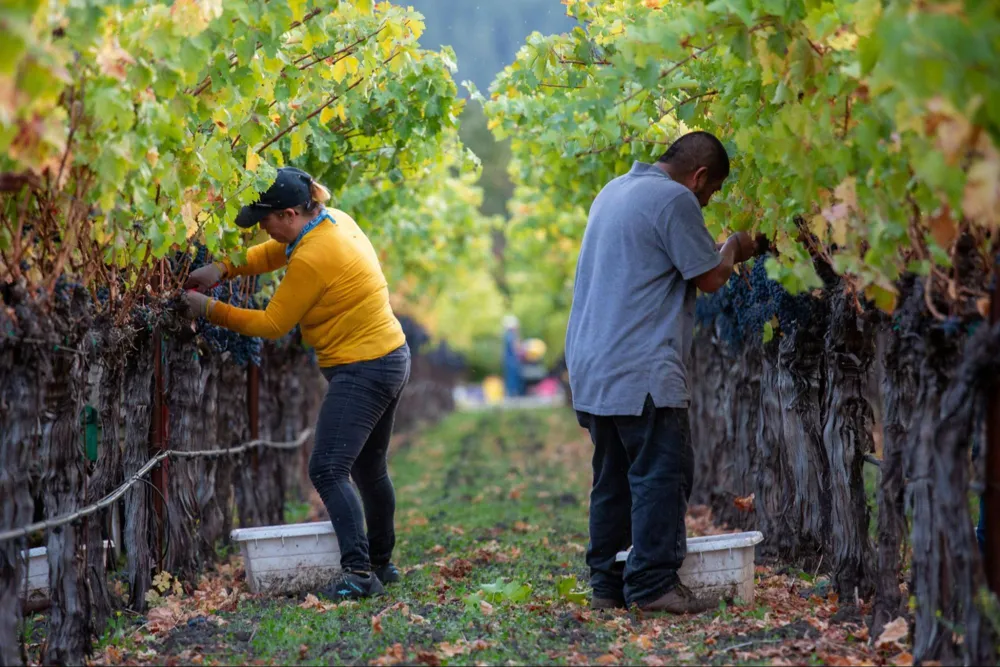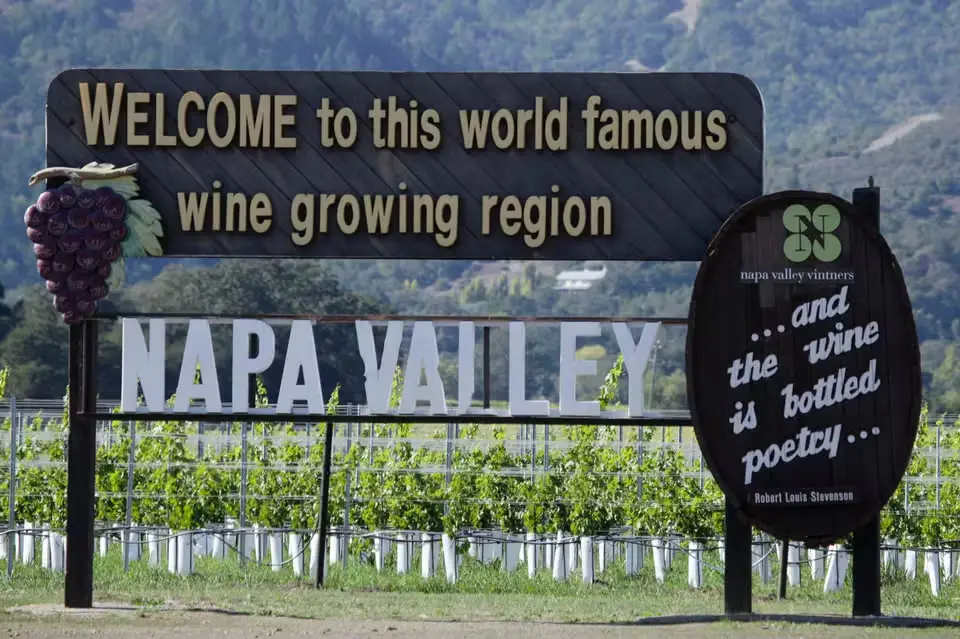Decoding Wine Labels: AVA vs AOC Explained
The world of wine can be as complex as deciphering a secret code. With different grapes and terms on labels, it can be confusing to understand wine. Navigating through a maze of wine language feels like losing oneself. Today, we unravel one of the mysteries: the distinction between AVA and AOC.

People often argue about what makes a wine taste a certain way. Some believe it's the type of grape that influences the taste.
Others believe that the location where the wine grows affects its flavor. Europeans champion the significance of terroir, while New World enthusiasts emphasize varieties. So, which holds sway?
Preserving Tradition
To understand wine regions, we look back to early 20th-century France. At that time, France was dealing with low-quality wines from Algeria and its own Languedoc region.
The French government created AOC to group regions with similar soil and climate characteristics. This label indicates the wine's origin and specifies the types of grapes allowed. This is crucial for maintaining the wine's quality.
Italy and Spain developed systems similar to France's to guarantee the quality of their wines. They concentrated on the distinct features of their respective regions.
AVA Unveiled
Across the Atlantic, the United States introduced the American Viticultural Area (AVA), akin to the French AOC. An AVA displays grape-growing regions with distinct geography and climate. This helps winemakers pinpoint the origin of their wine. It also assists consumers in making informed decisions when purchasing wine.
Regulatory Contrasts
Unlike the meticulous regulations of France's AOC, the AVA system adopts a more laissez-faire approach. To create an AVA, you need to document and get approval from the TTB in Washington DC. There are no restrictions on the grape varieties that growers can use. Applicants must present compelling evidence justifying their region's unique characteristics, often involving consultations with neighboring vineyards and a public comment period.
Currently, the United States boasts 269 recognized AVAs, with California leading the charge with 149 distinct regions. See the full list here on the TTB website. Different regions like Napa Valley or Sonoma County have unique soil and weather that impact the taste of wine.
Both AVA and AOC systems support terroir in wine, but have different ways of regulating it. France's AOC system values tradition and regional identity, while America's AVA system focuses on innovation and diversity in American wine production.
Understanding AVA and AOC helps consumers appreciate the stories and craftsmanship behind each bottle of wine. This enriches their enjoyment of the artistry in the wine world. So, the next time you uncork a bottle, let the journey of terroir transport you to the vineyard where it all began.
Some AVA wines from VinoVoss not to be missed
Cheers to the diversity of wine, encapsulated in every sip!
Lotte Gabrovits



